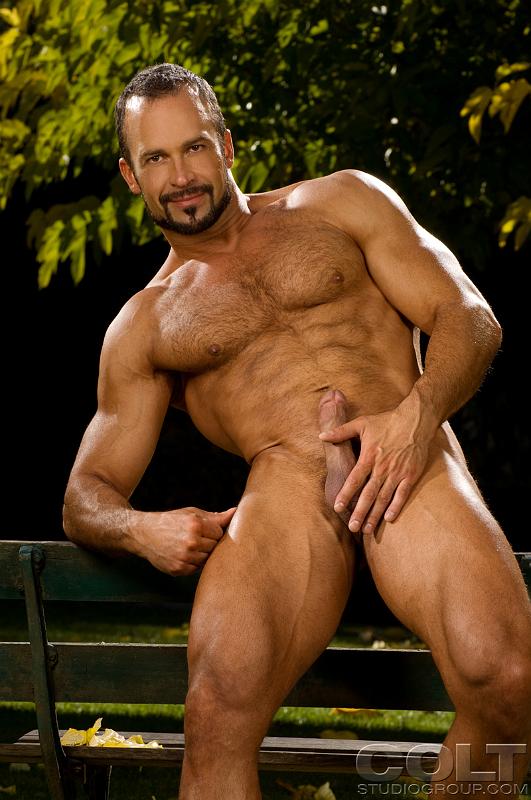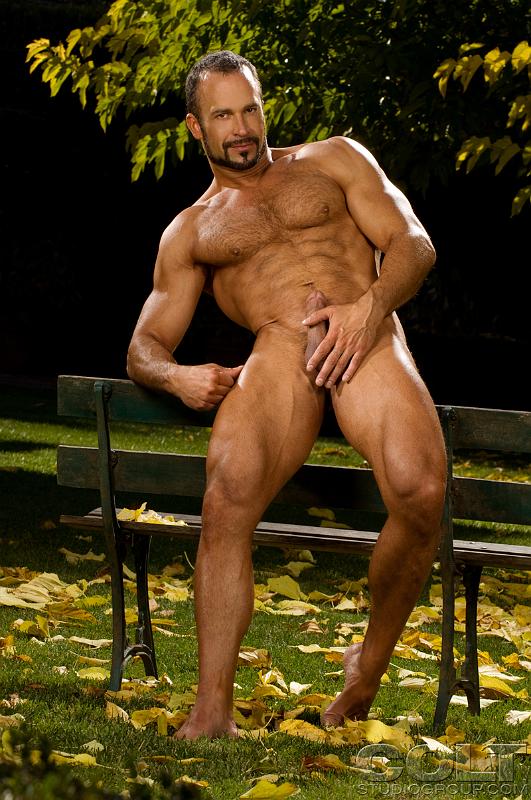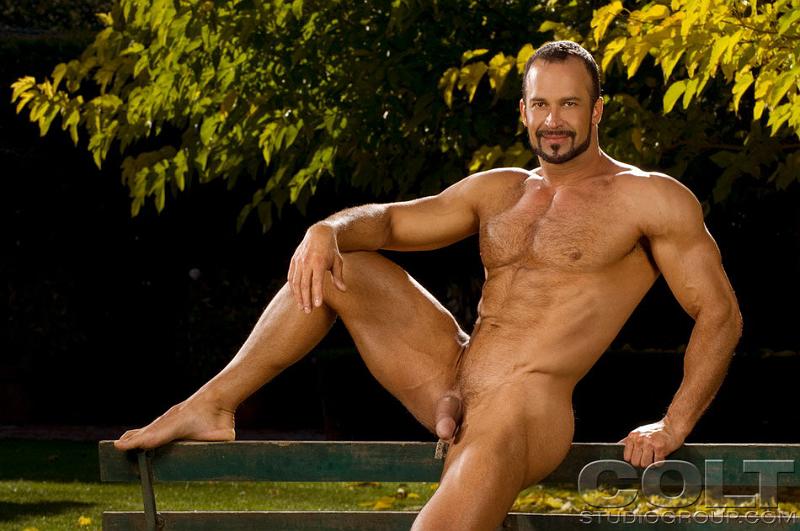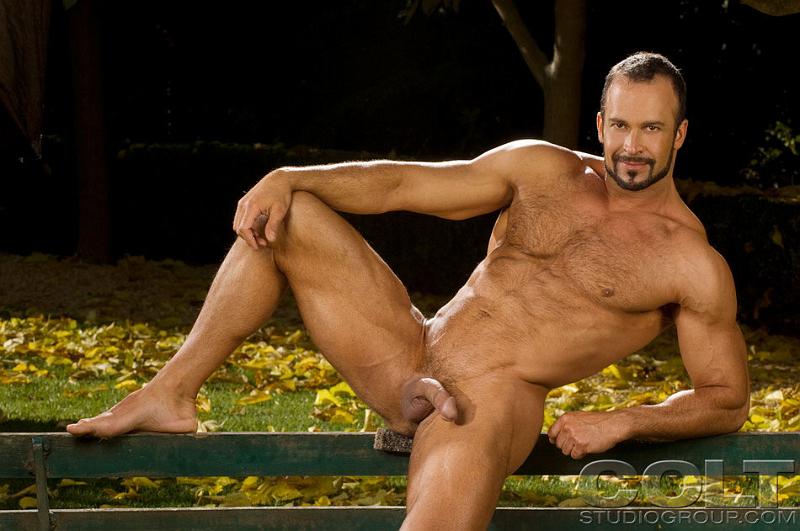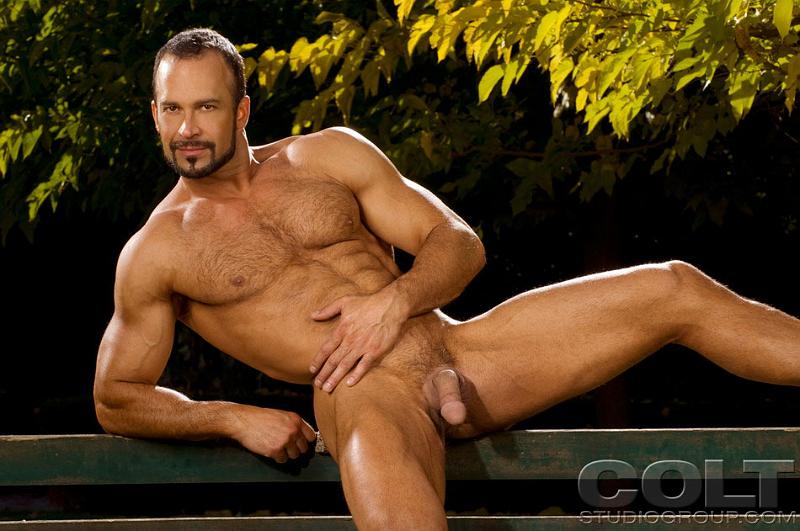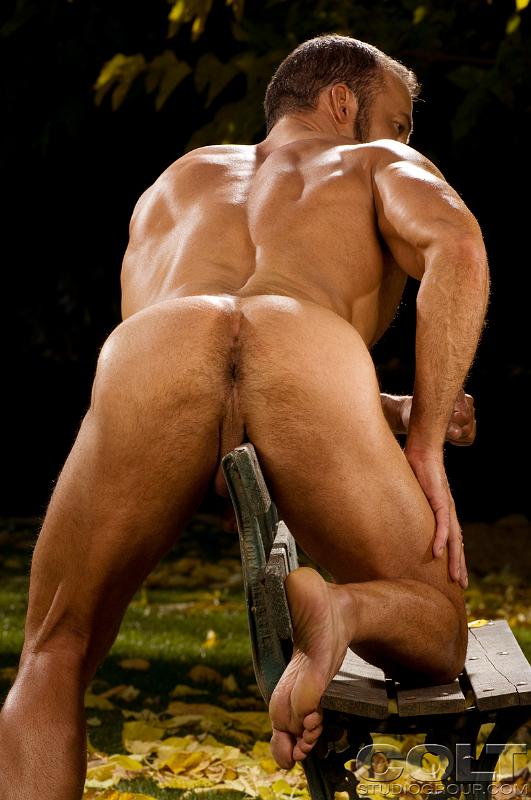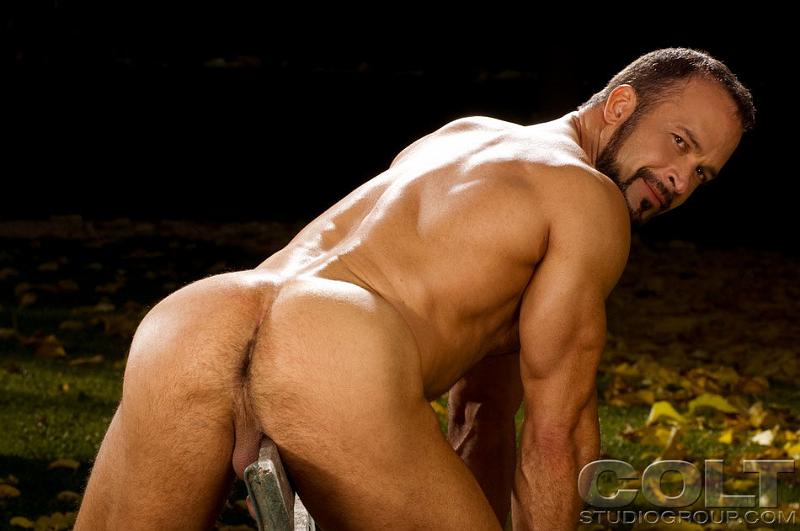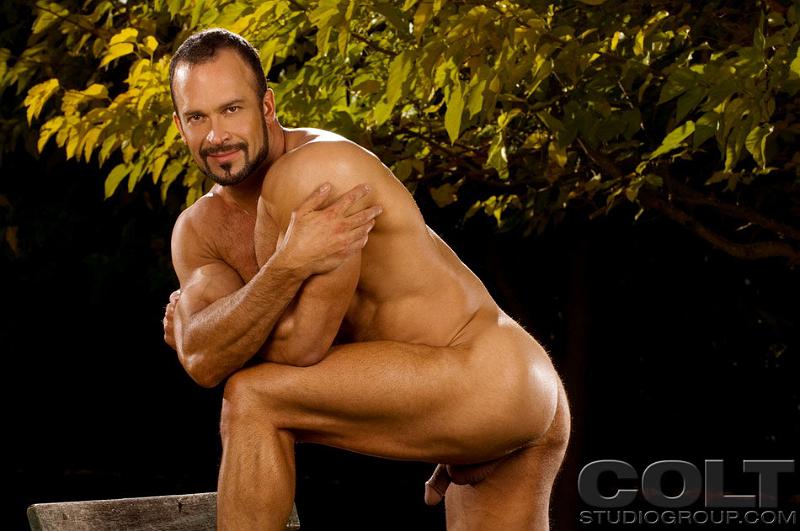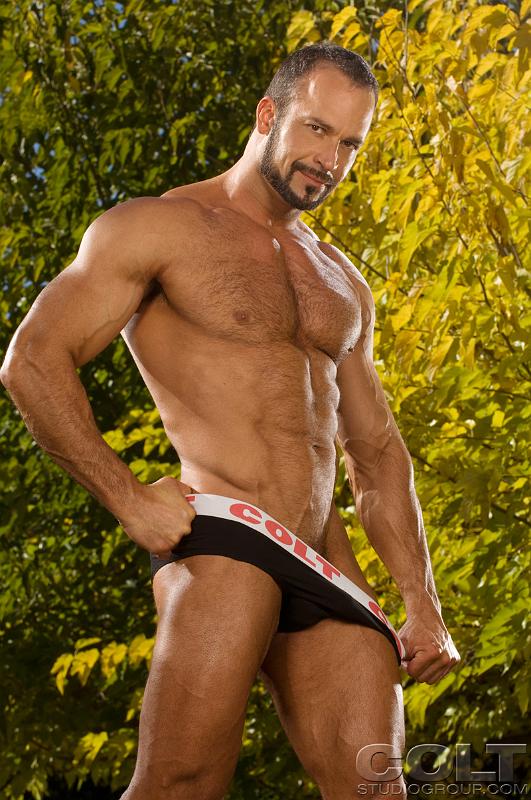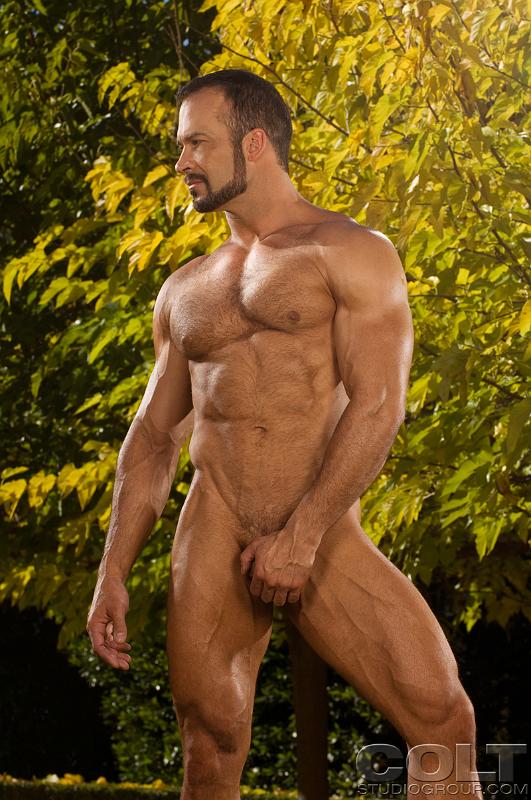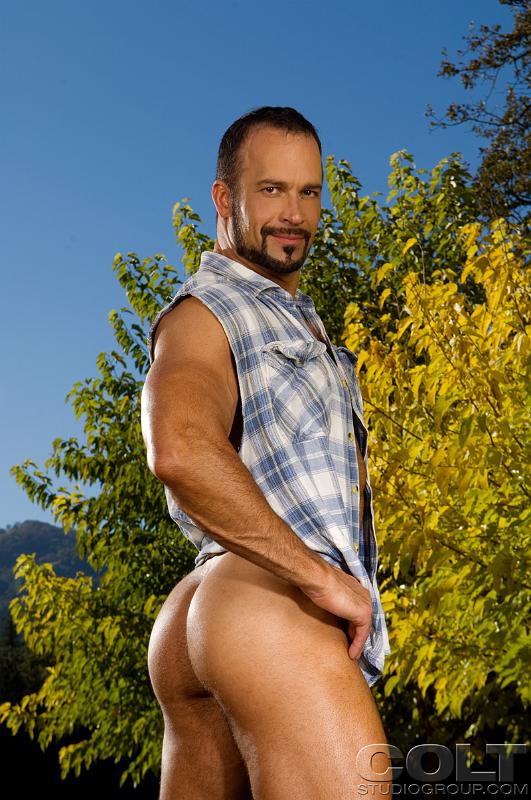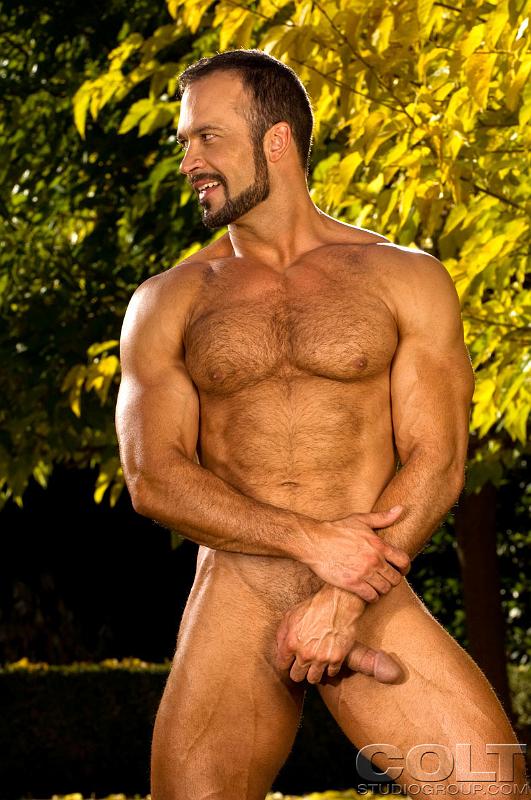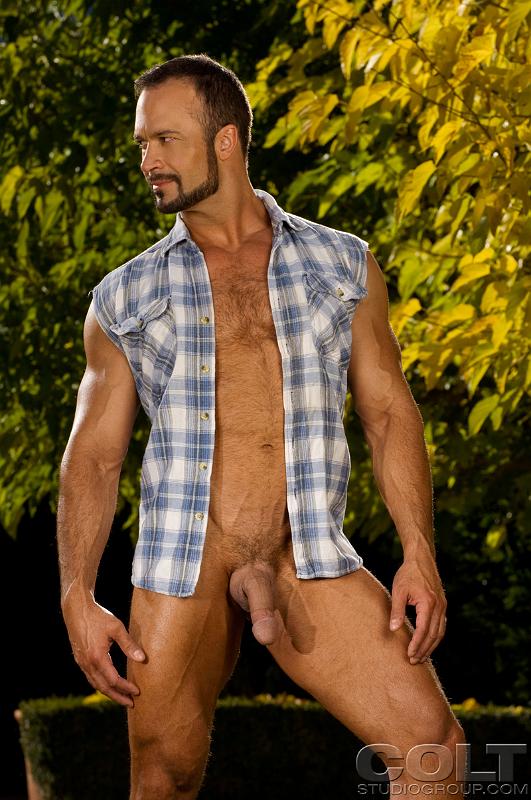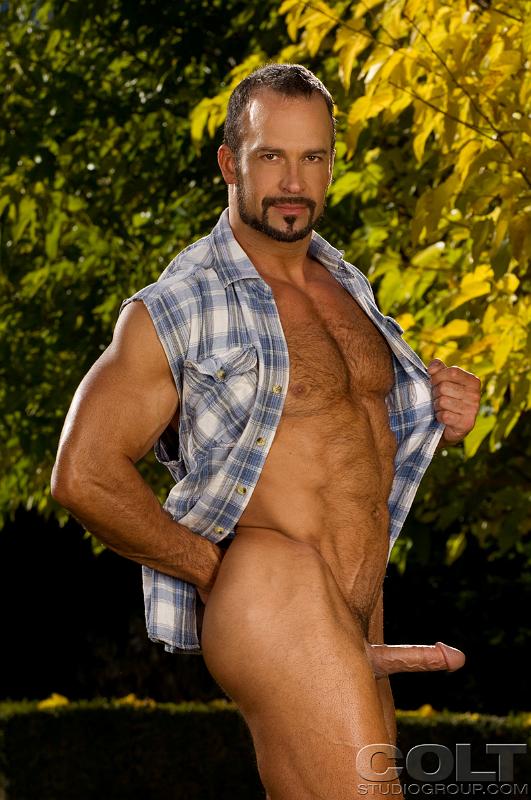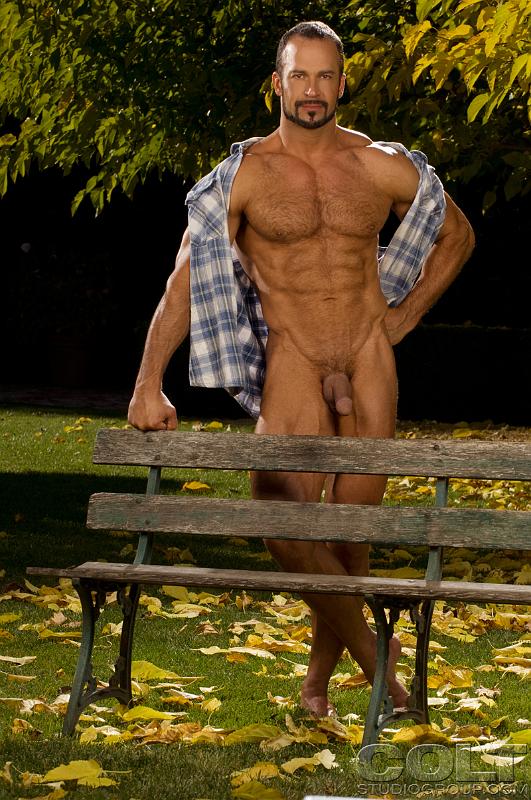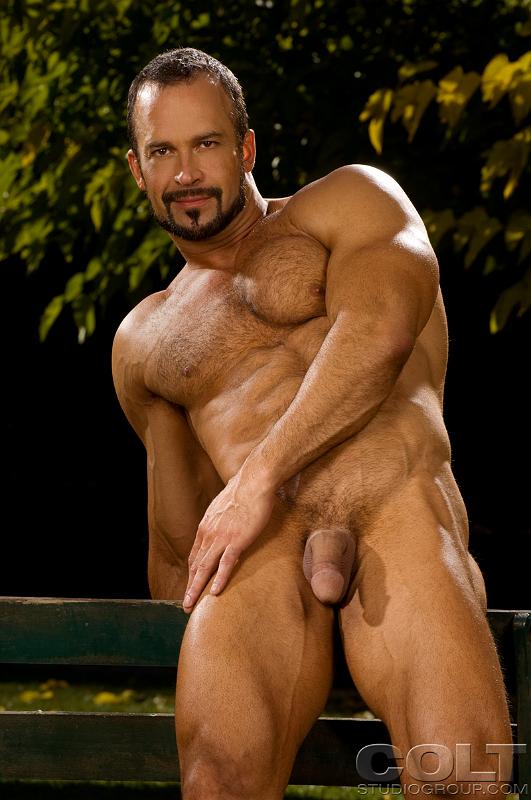Stonewall Inn
The Stonewall Inn, located at 51 and 53 Christopher Street, along with several other establishments in the city, was owned by the Genovese family.[3] In 1966, three members of the Mafia invested $3,500 to turn the Stonewall Inn into a gay bar, after it had been a restaurant and a nightclub for heterosexuals. Once a week a police officer would collect envelopes of cash as a payoff; the Stonewall Inn had no liquor license.[38][39] It had no running water behind the bar—used glasses were run through tubs of water and immediately reused.[37] There were no fire exits, and the toilets overran consistently.[40] Though the bar was not used for prostitution, drug sales and other "cash transactions" took place. It was the only bar for gay men in New York City where dancing was allowed;[41] dancing was its main draw since its re-opening as a gay club.[42]
Visitors to the Stonewall in 1969 were greeted by a bouncer who inspected them through a peephole in the door. The legal drinking age was 18, and to avoid unwittingly letting in undercover police (who were called "Lily Law", "Alice Blue Gown", or "Betty Badge"[43]), visitors would have to be known by the doorman, or look gay. The entrance fee on weekends was $3, for which the customer received two tickets that could be exchanged for two drinks. Patrons were required to sign their names in a book to prove that the bar was a private "bottle club", but rarely signed their real names. There were two dance floors in the Stonewall; the interior was painted black, making it very dark inside, with pulsing gel lights or black lights. If police were spotted, regular white lights were turned on, signaling that everyone should stop dancing or touching.[43] In the rear of the bar was a smaller room frequented by "queens"; it was one of two bars where effeminate men who wore makeup and teased their hair (though dressed in men's clothing) could go.[44] Only a few transvestites, or men in full drag, were allowed in by the bouncers. The customers were "98 percent male" but a few lesbians sometimes came to the bar. Younger homeless adolescent males, who slept in nearby Christopher Park, would often try to get in so customers would buy them drinks.[45] The age range of the clientèle was between the upper teens and early thirties, and the racial mix was evenly distributed among white, black, and Hispanic.[44][46] Because of its even mix of people, its location, and the attraction of dancing, the Stonewall Inn was known by many as "the gay bar in the city".[47]
Police raids on gay bars were frequent—occurring on average once a month for each bar. Many bars kept extra liquor in a secret panel behind the bar, or in a car down the block, to facilitate resuming business as quickly as possible if alcohol was seized.[3] Bar management usually knew about raids beforehand due to police tip-offs, and raids occurred early enough in the evening that business could commence after the police had finished.[48] During a typical raid, the lights were turned on, and customers were lined up and their identification cards checked. Those without identification or dressed in full drag were arrested; others were allowed to leave. Some of the men, including those in drag, used their draft cards as identification. Women were required to wear three pieces of feminine clothing, and would be arrested if found not wearing them. Employees and management of the bars were also typically arrested.[48] The period immediately before June 28, 1969 was marked by frequent raids of local bars—including a raid at the Stonewall Inn on the Tuesday before the riots[49]—and the closing of the Checkerboard, the Tele-Star, and two other clubs in Greenwich Village.[50][51]
Riots
Police raid
At 1:20 in the morning on Saturday, June 28, 1969, four plainclothes policemen in dark suits, two patrol officers in uniform, and Detective Charles Smythe and Deputy Inspector Seymour Pine arrived at the Stonewall Inn's double doors and announced "Police! We're taking the place!"[53][note 2] Two undercover policewomen and two undercover policemen had entered the bar earlier that evening to gather visual evidence, as the Public Morals Squad waited outside for the signal. Once inside, they called for backup from the Sixth Precinct using the bar's pay telephone. The music was turned off and the main lights were turned on. Approximately 200 people were in the bar that night. Patrons who had never experienced a police raid were confused, but a few who realized what was happening began to run for doors and windows in the bathrooms. Police barred the doors, and confusion spread. Michael Fader remembered, "Things happened so fast you kind of got caught not knowing. All of a sudden there were police there and we were told to all get in lines and to have our identification ready to be led out of the bar."[53]
The raid did not go as planned. Standard procedure was to line up the patrons, check their identification, and have female police officers take customers dressed as women to the bathroom to verify their sex, upon which any men dressed as women would be arrested. Those dressed as women that night refused to go with the officers. Men in line began to refuse to produce their identification. The police decided to take everyone present to the police station, and separated the transvestites in a room in the back of the bar. Maria Ritter, who was known as Steve to her family, recalled, "My biggest fear was that I would get arrested. My second biggest fear was that my picture would be in a newspaper or on a television report in my mother's dress!"[54] Both patrons and police recalled that a sense of discomfort spread very quickly, spurred by police who began to "bully" some of the lesbians by "feeling some of them up inappropriately" while frisking them.[55]
When did you ever see a fag fight back?… Now, times were a-changin'. Tuesday night was the last night for bullshit.... Predominantly, the theme (w)as, "this shit has got to stop!"
—anonymous Stonewall riots participant[1]
The police were to transport the bar's alcohol in patrol wagons. Twenty-eight cases of beer and nineteen bottles of hard liquor were seized, but the patrol wagons had not yet arrived, so patrons were required to wait in line for about 15 minutes.[54] Those who were not arrested were released from the front door, but they did not leave quickly as usual. Instead, they stopped outside and a crowd began to grow and watch. Within minutes, between 100 and 150 people had congregated outside, some after they were released from inside the Stonewall, and some after noticing the police cars and the crowd. Although the police forcefully pushed or kicked some patrons out of the bar, some customers released by the police performed for the crowd by posing and saluting the police in an exaggerated fashion. The crowd's applause encouraged them further: "Wrists were limp, hair was primped, and reactions to the applause were classic."[56]
When the first patrol wagon arrived, Inspector Pine recalled that the crowd—most of whom were homosexual—had grown to at least ten times the number of people who were arrested, and they all became very quiet.[57] Confusion over radio communication delayed the arrival of a second wagon. The police began escorting Mafia members into the first wagon, to the cheers of the bystanders. Next, regular employees were loaded into the wagon. A bystander shouted, "Gay power!", someone began singing "We Shall Overcome", and the crowd reacted with amusement and general good humor mixed with "growing and intensive hostility".[58] An officer shoved a transvestite, who responded by hitting him on the head with her purse as the crowd began to boo. Author Edmund White, who had been passing by, recalled, "Everyone's restless, angry, and high-spirited. No one has a slogan, no one even has an attitude, but something's brewing."[59] Pennies, then beer bottles, were thrown at the wagon as a rumor spread through the crowd that patrons still inside the bar were being beaten.
A scuffle broke out when a woman in handcuffs was escorted from the door of the bar to the waiting police wagon several times. She escaped repeatedly and fought with four of the police, swearing and shouting, for about ten minutes. Described as "a typical New York butch" and "a dyke—stone butch", she had been hit on the head by an officer with a billy club for, as one witness claimed, complaining that her handcuffs were too tight.[60] Bystanders recalled that the woman, whose identity remains unknown,[note 3] sparked the crowd to fight when she looked at bystanders and shouted, "Why don't you guys do something?" After an officer picked her up and heaved her into the back of the wagon,[61] the crowd became a mob and went "berserk": "It was at that moment that the scene became explosive".[62]

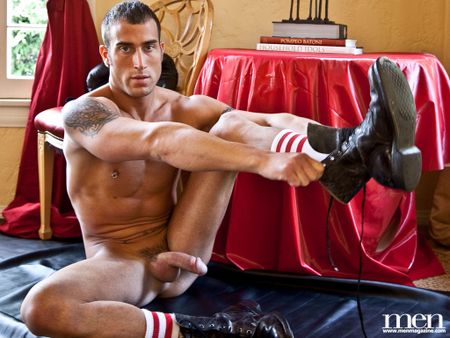
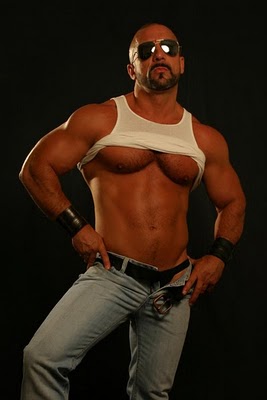
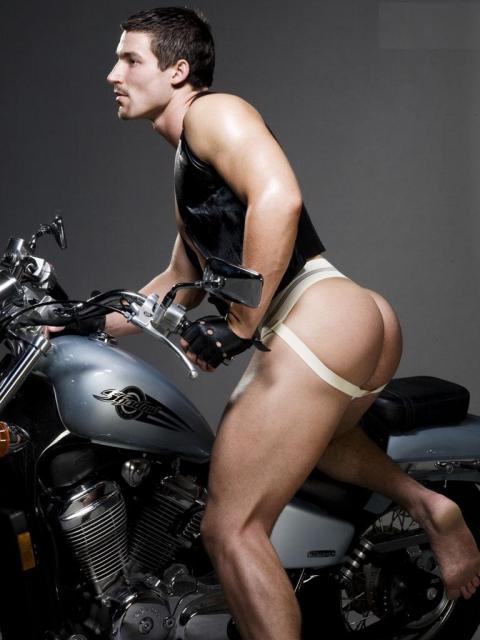
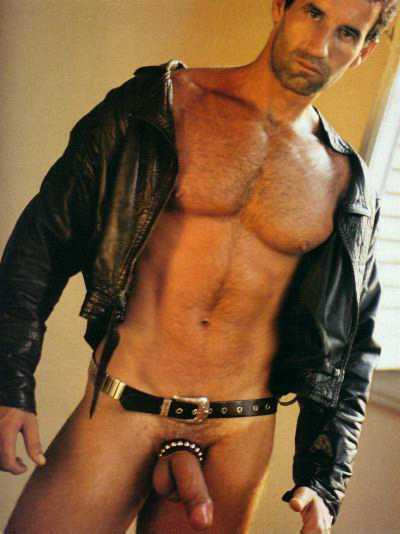
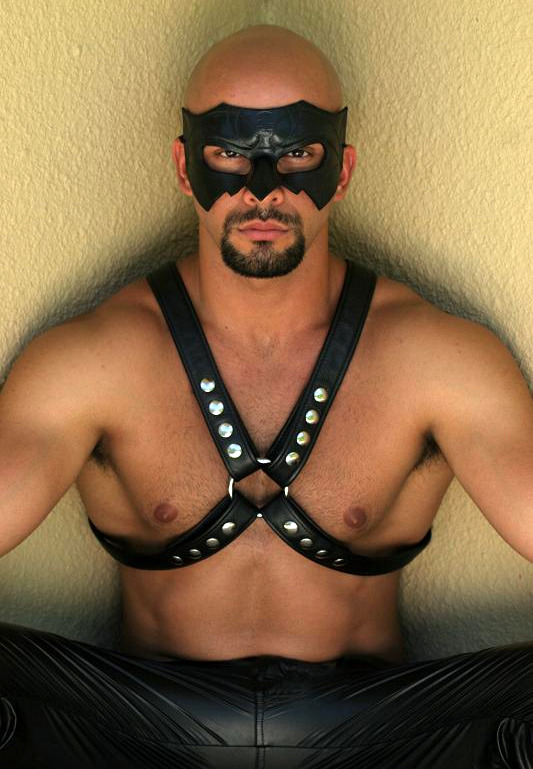
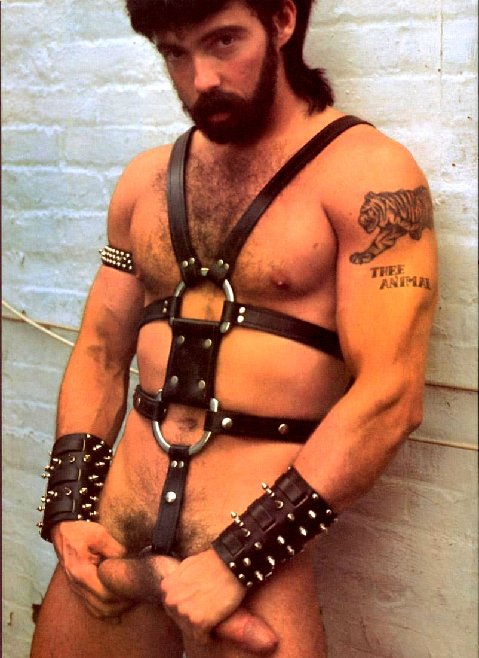
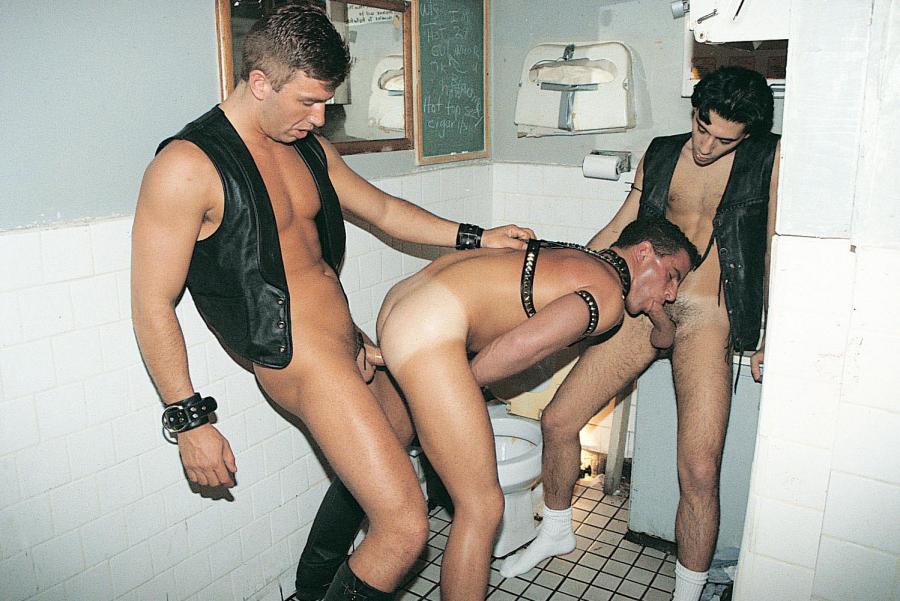

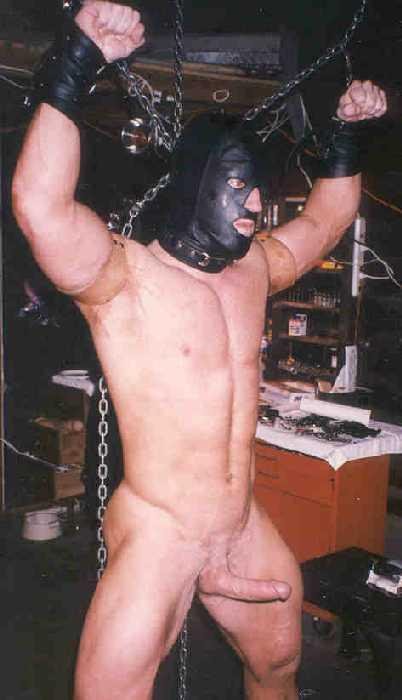
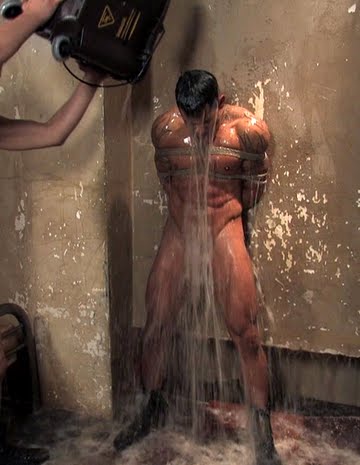
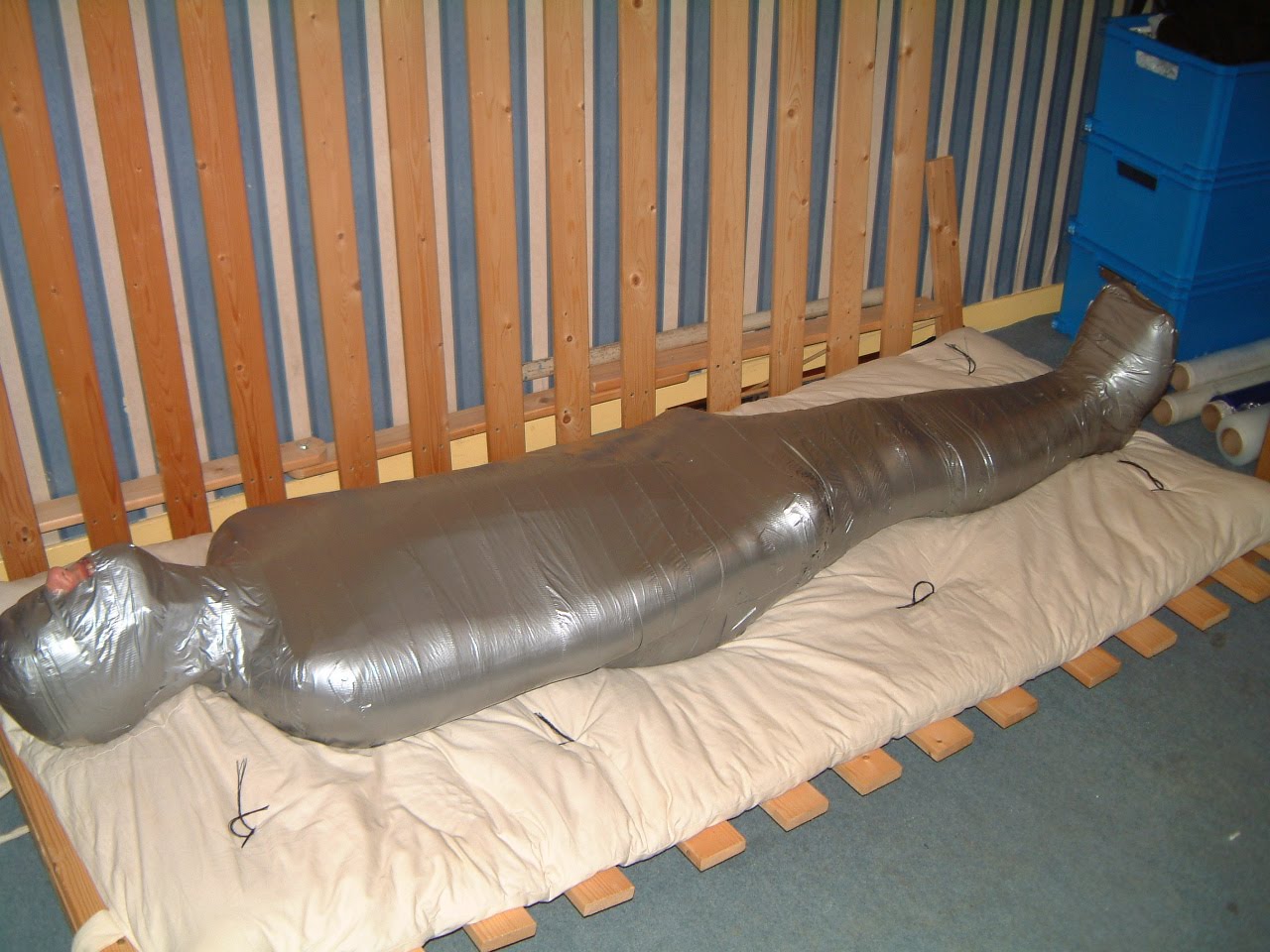
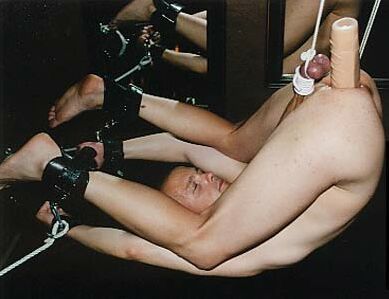

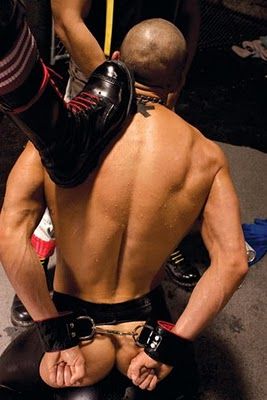
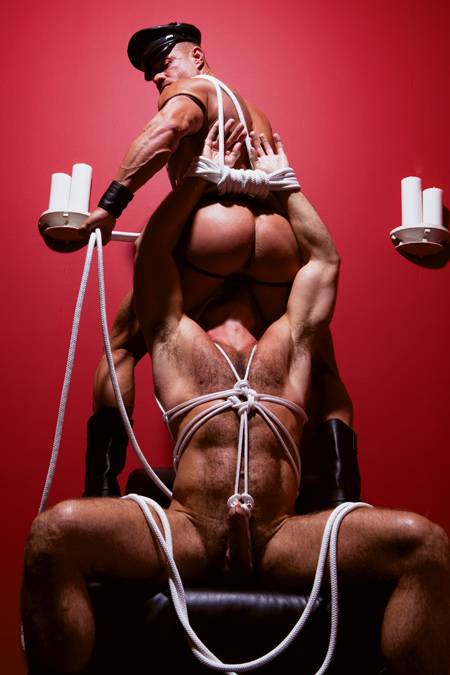
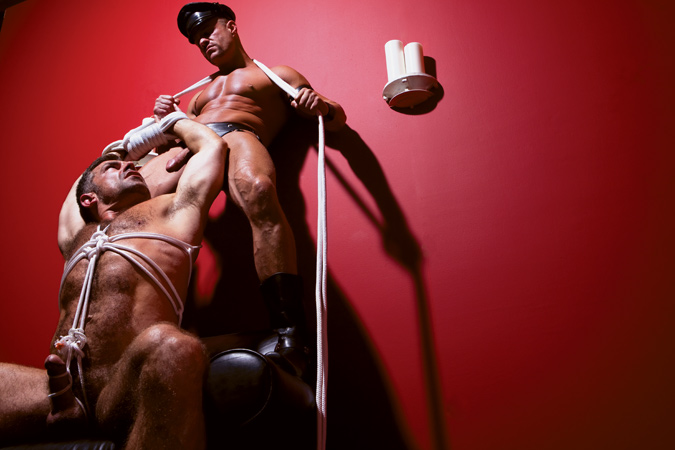
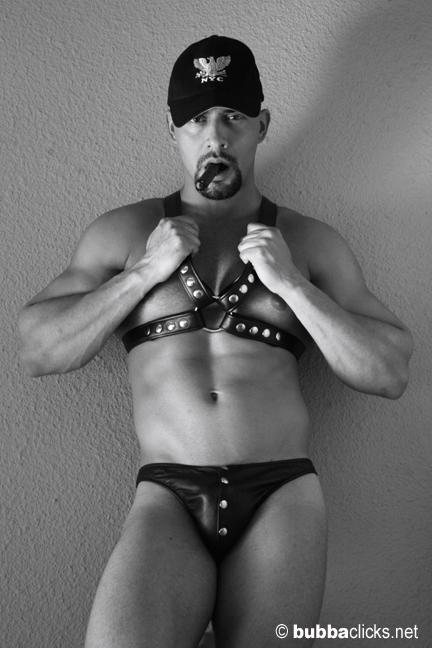
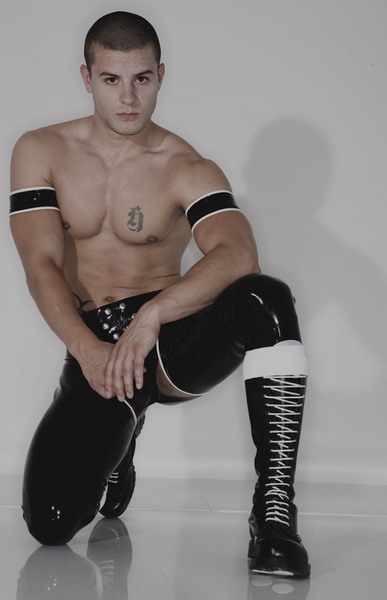
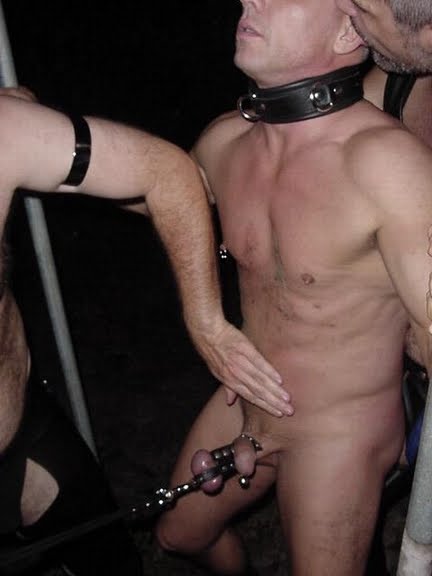
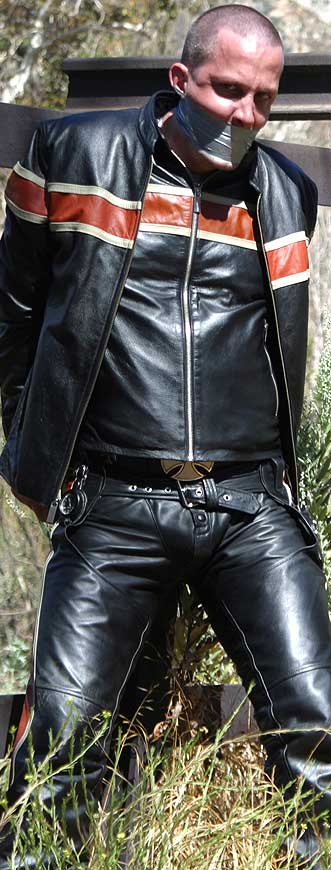
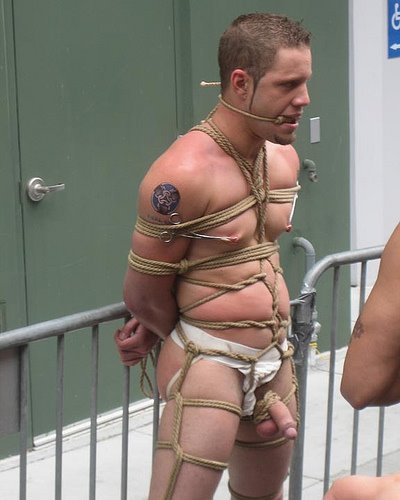


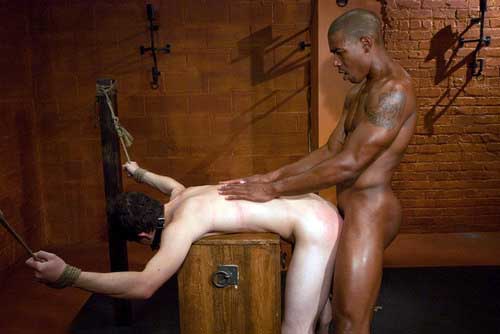
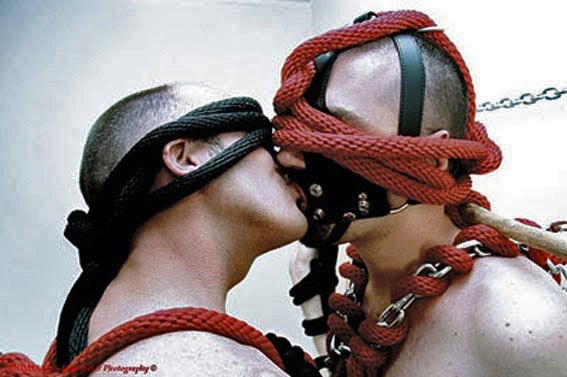
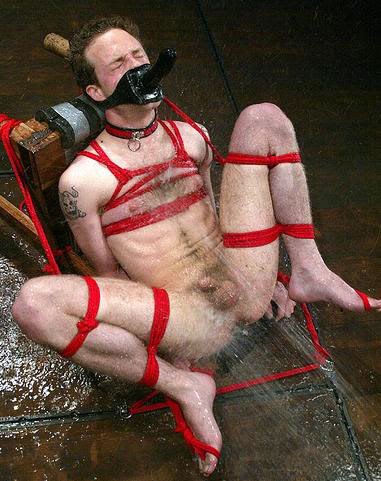
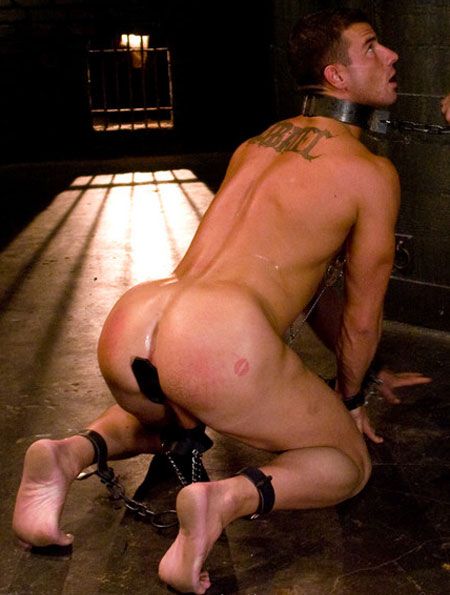
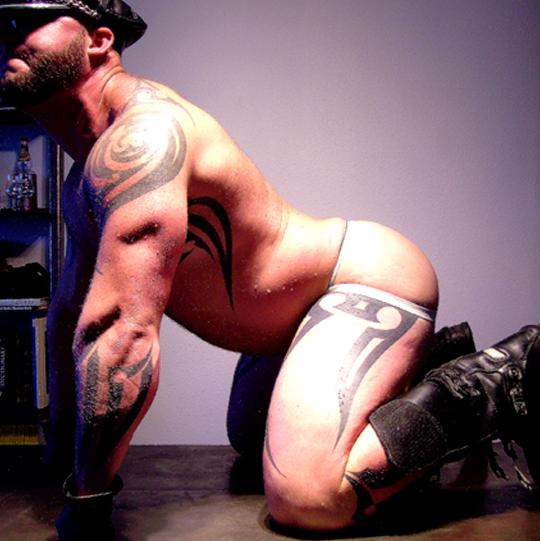
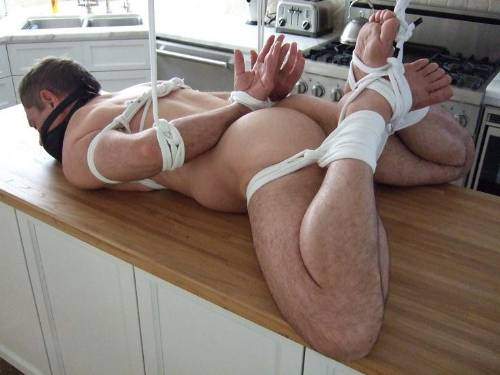
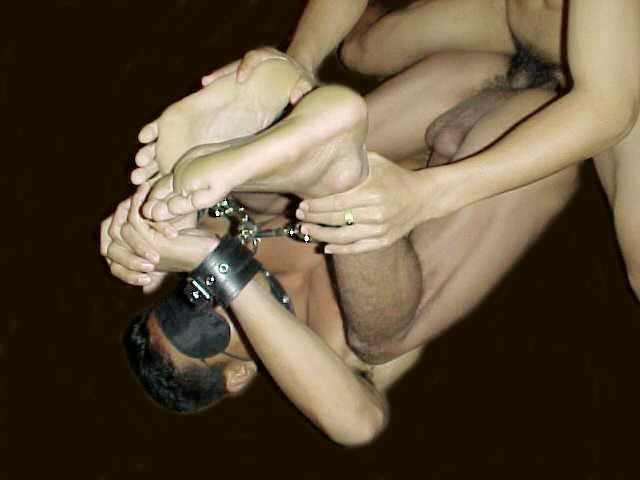
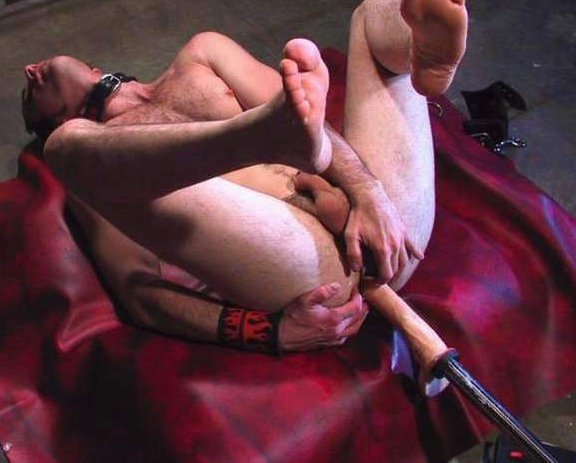
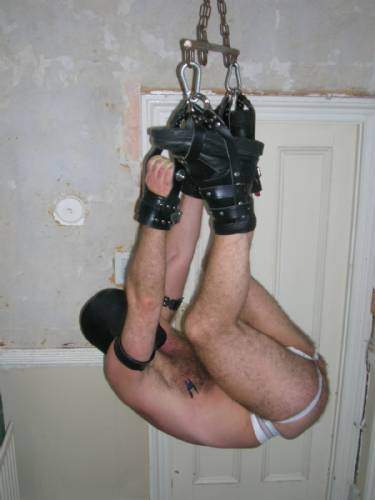
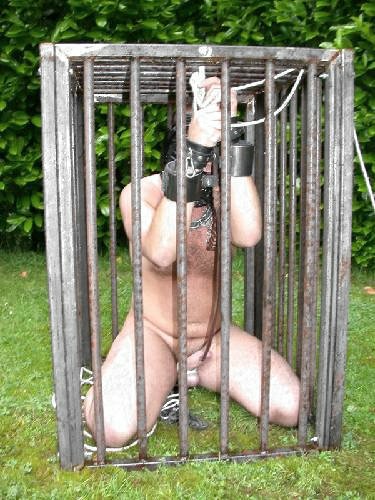
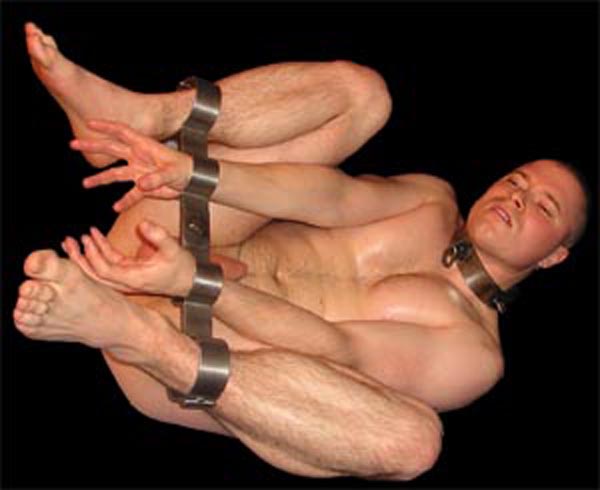
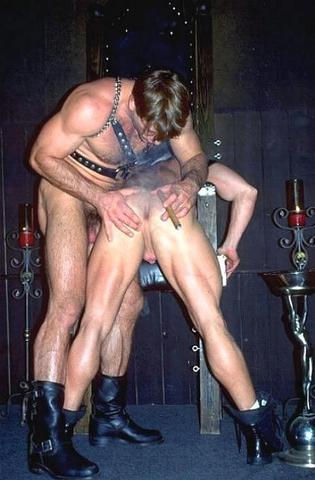
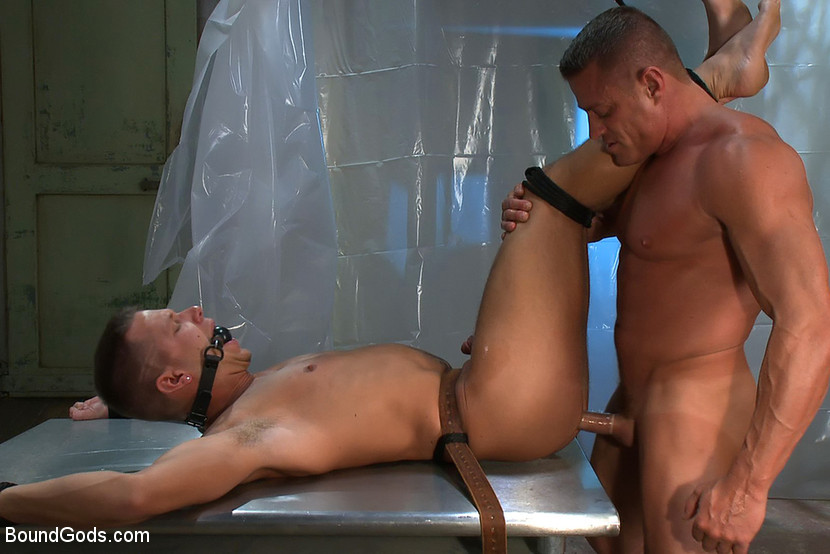
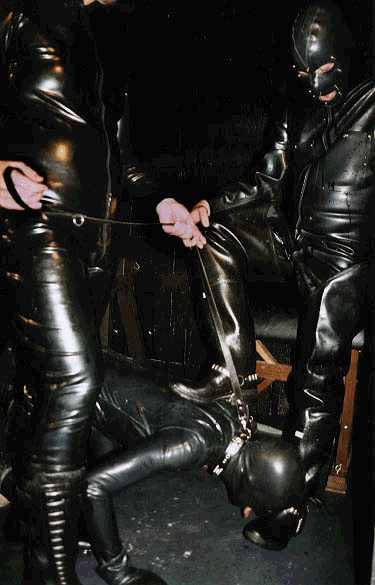

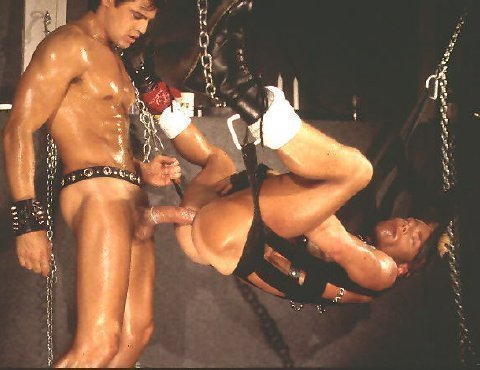
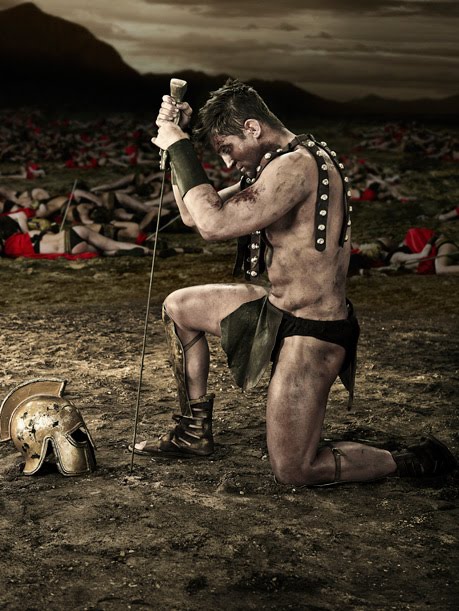
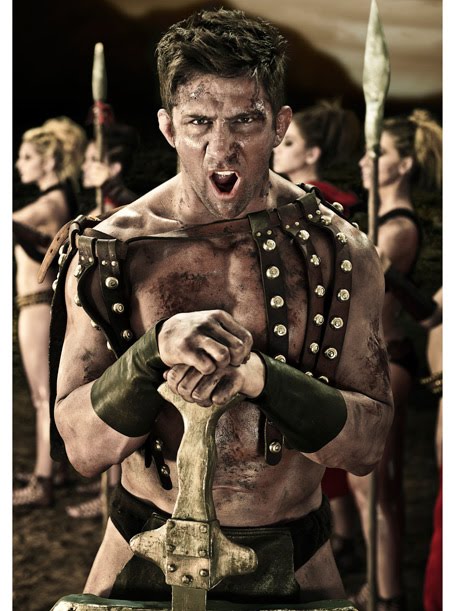
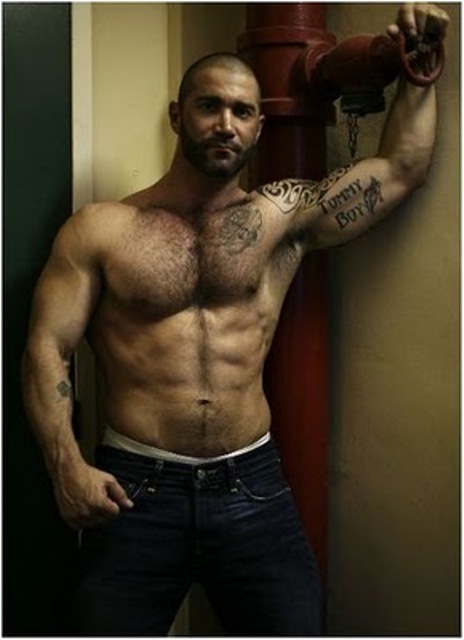
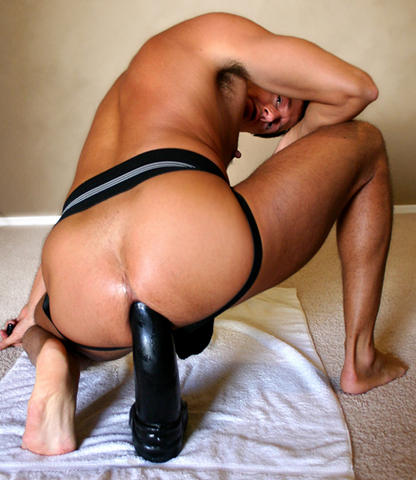
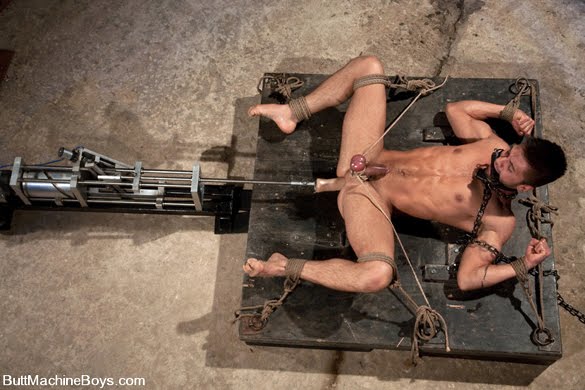

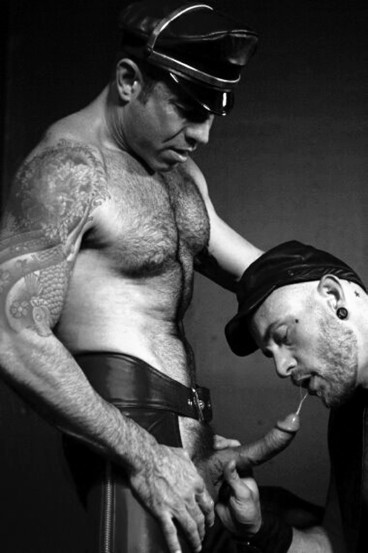
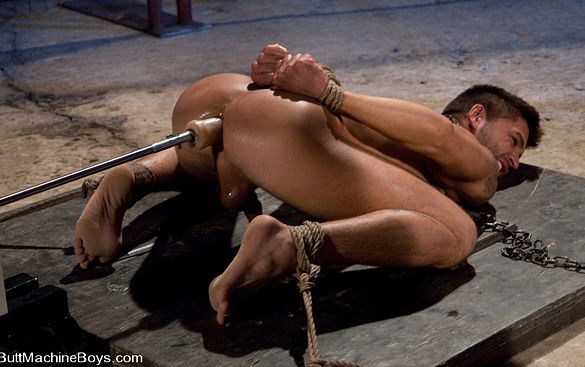
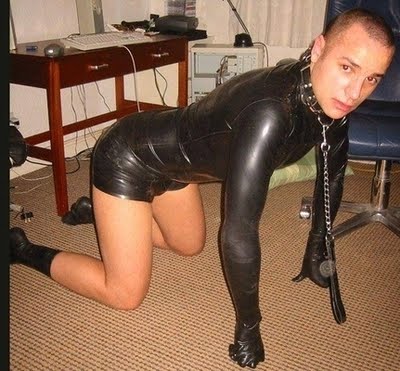
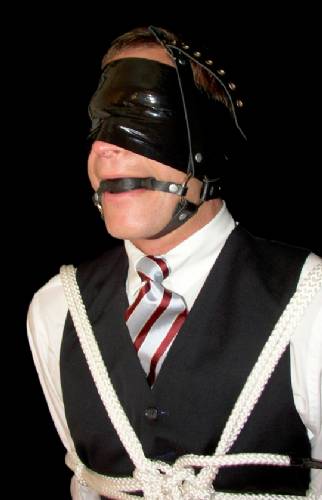
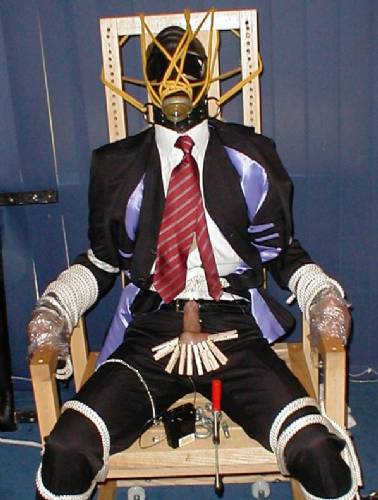

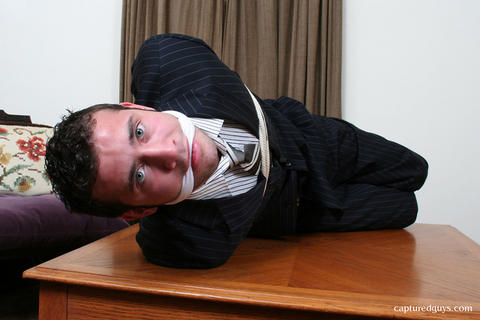

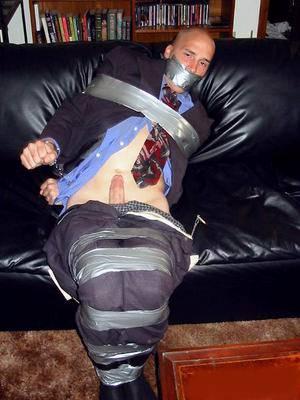
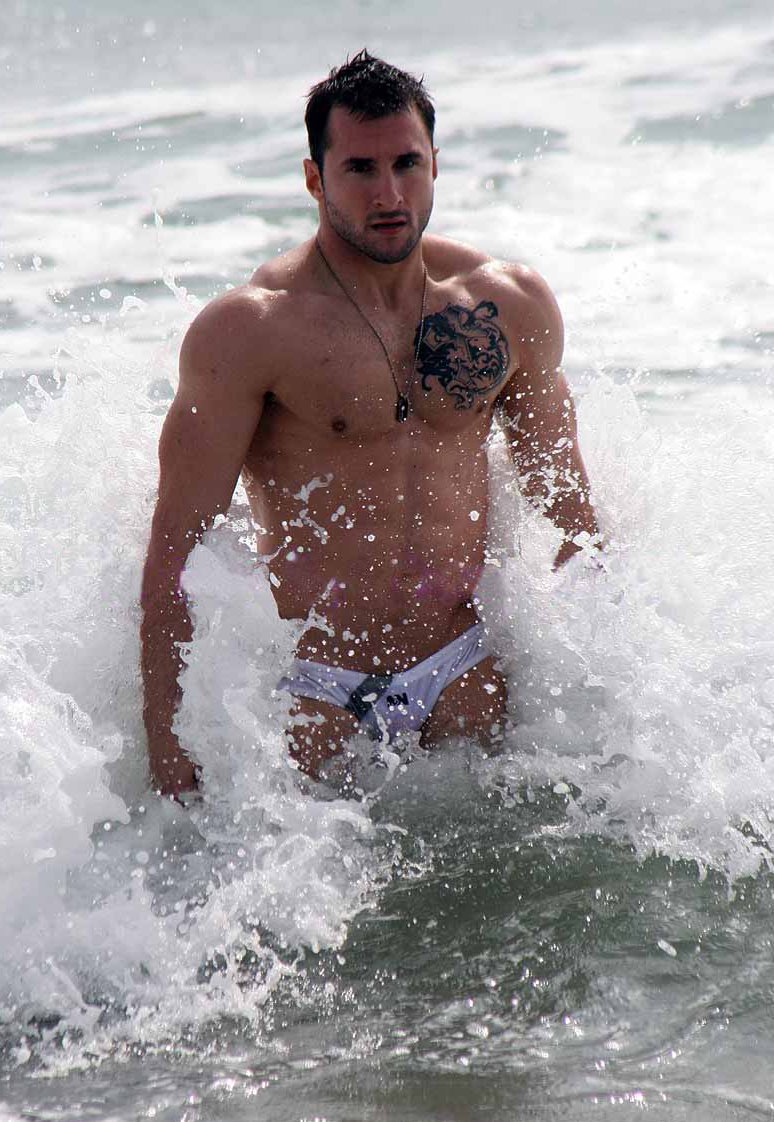
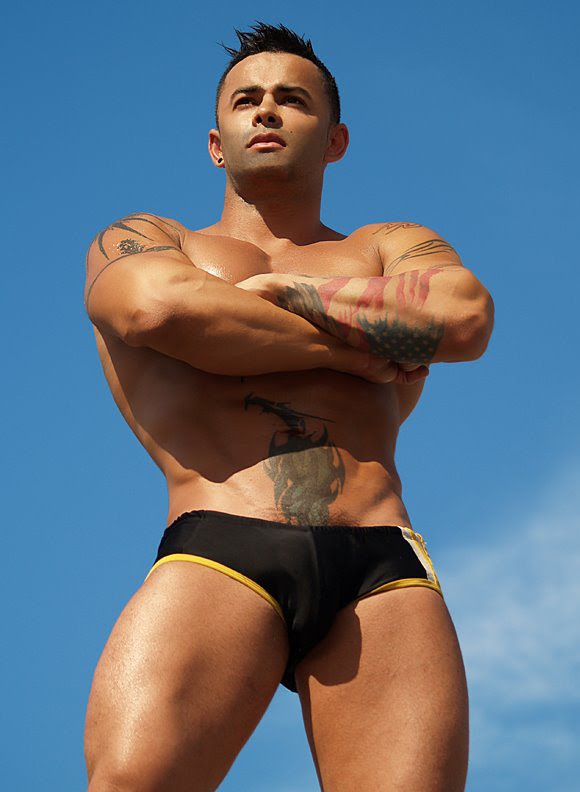
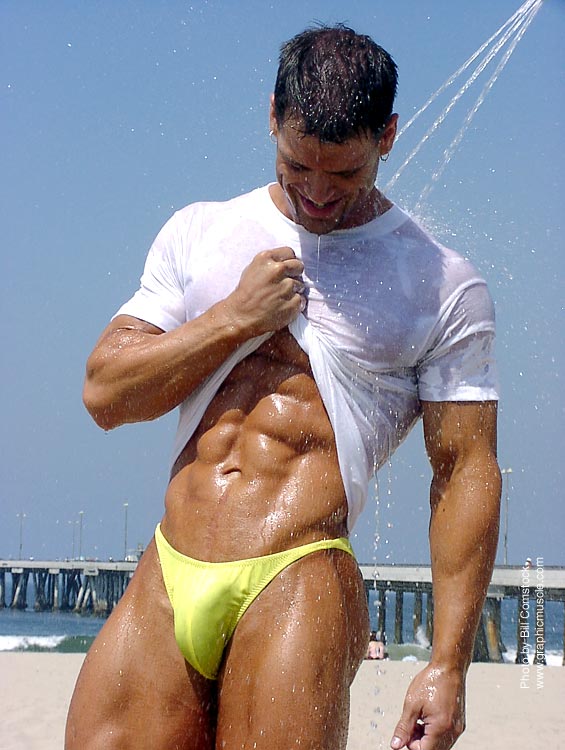
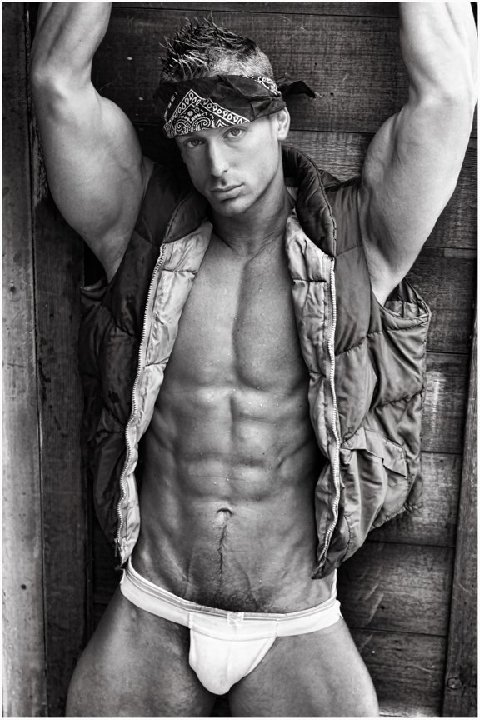
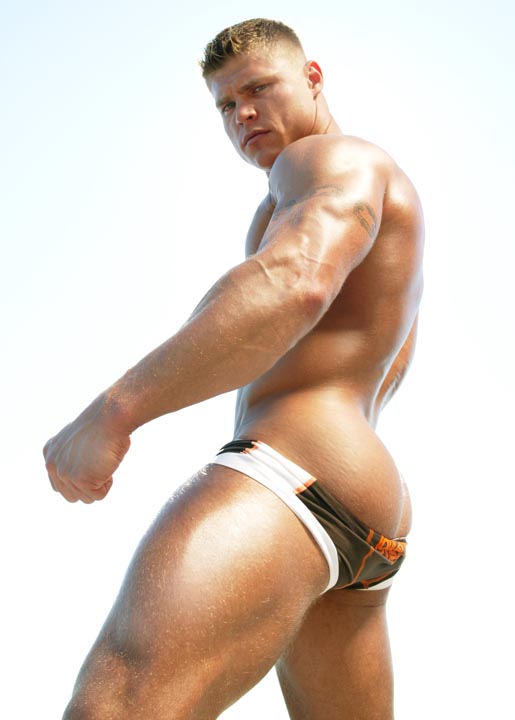
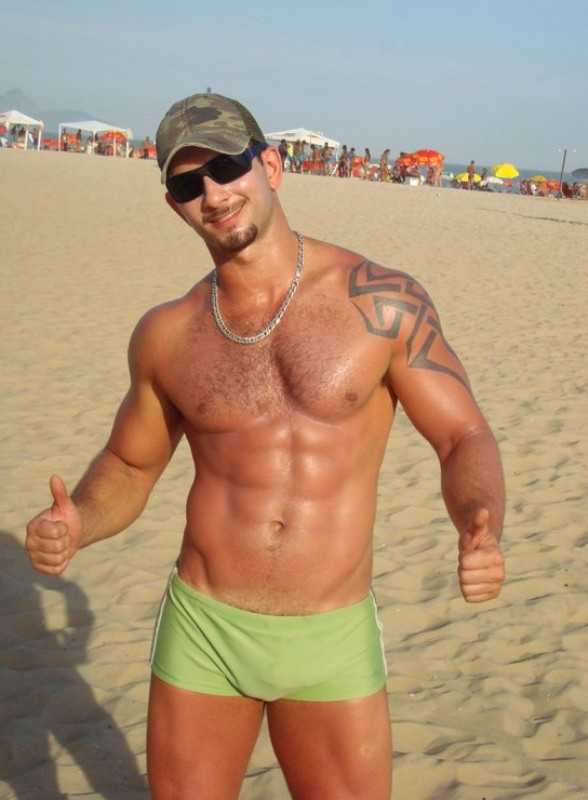
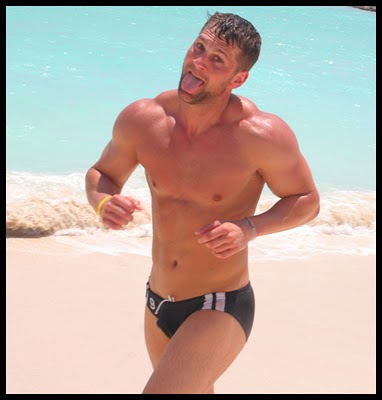

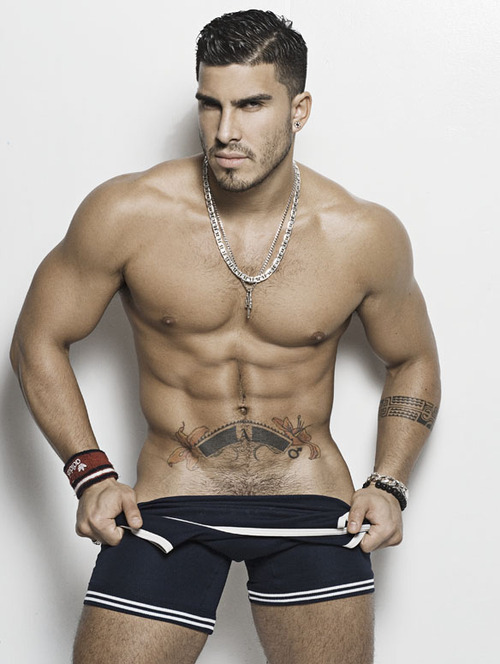
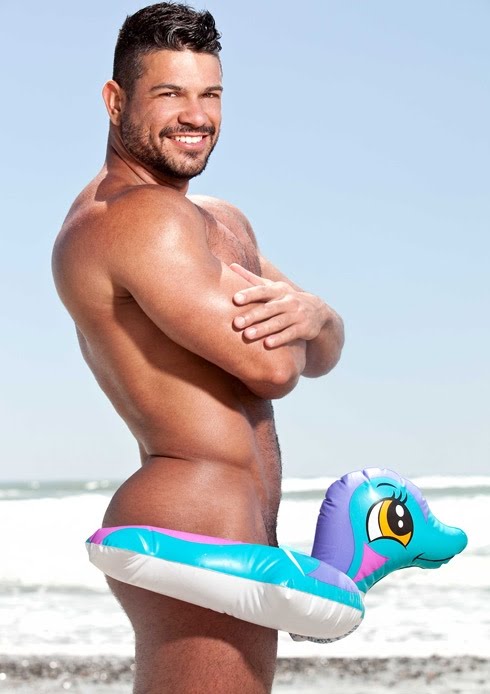
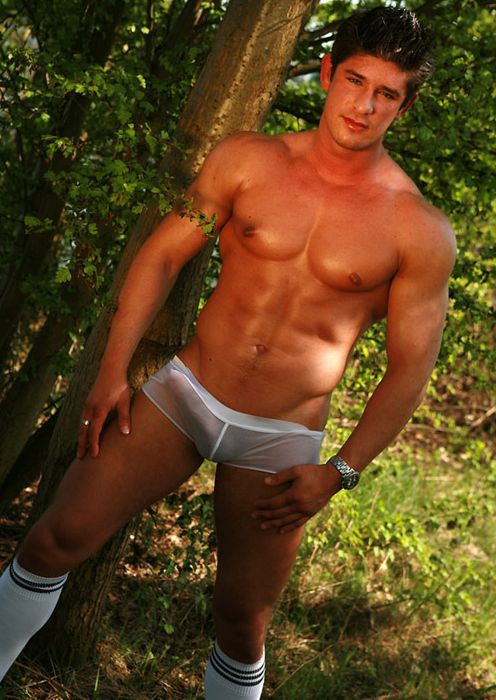
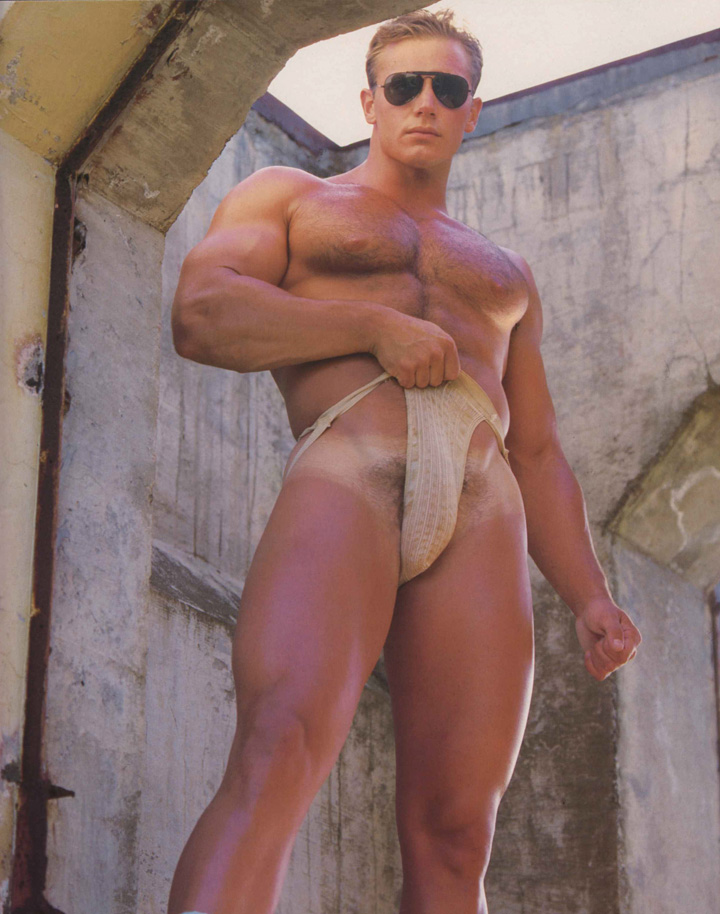
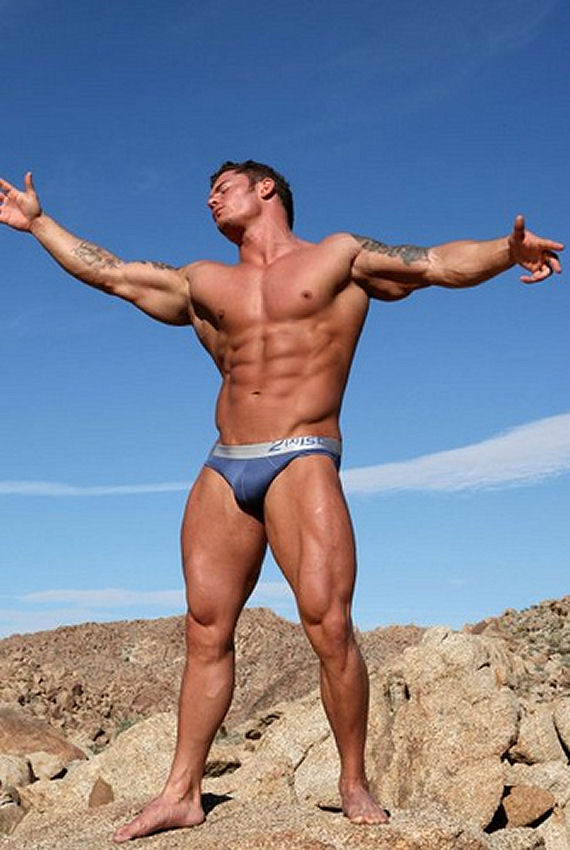
.jpg)
.jpg)
.jpg)
.jpg)
.jpg)
.jpg)
.jpg)
.jpg)
.jpg)
.jpg)
.jpg)
.jpg)
.jpg)
.jpg)
.jpg)
.jpg)
.jpg)
.jpg)
.jpg)
.jpg)
.jpg)
.jpg)
.jpg)
.jpg)
